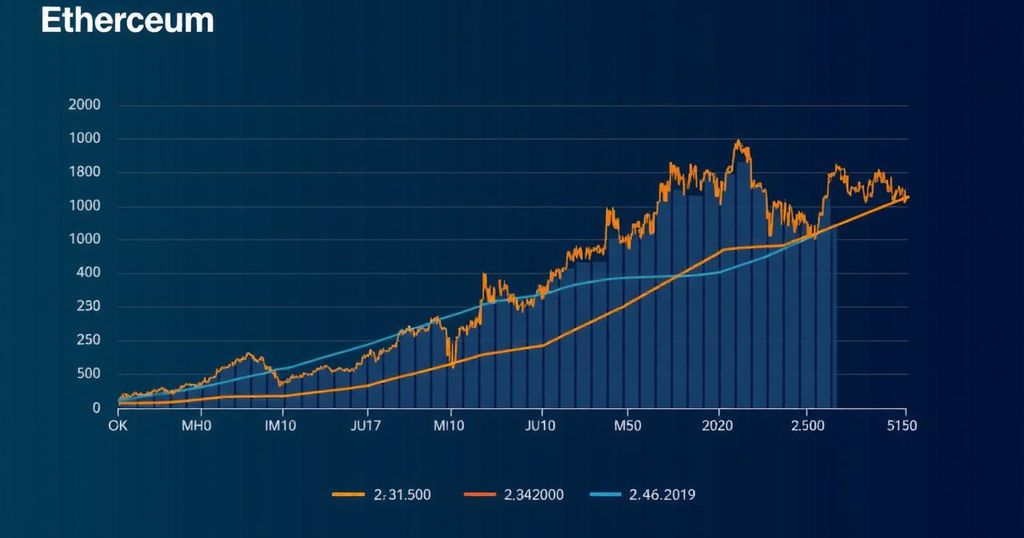Assessing the Underperformance of Ethereum (ETH) in the Current Cryptocurrency Market
The performance of Ethereum (ETH) has raised concerns among traders, particularly as it appears to be lagging behind the broader cryptocurrency market. Despite expectations of a potential rebound in the crypto bull market, there are mounting apprehensions that Ether may continue to underperform. Several factors contribute to the downward pressure on Ethereum’s price, warranting a closer examination.
One prevailing concern is the fragility of the tech sector, notably following Nvidia’s staggering loss of $279 billion in market capitalization on September 3. This decline was precipitated by several cautious reports regarding the future growth of the artificial intelligence industry and has become a point of anxiety for traders. Additionally, the US Federal Reserve’s anticipated decision to reduce interest rates may complicate the situation further, as pointed out by Esther George, the former president of the Kansas City Fed. While some still hope for inflation to stabilize at around 2%, the credibility of the Federal Reserve could be compromised should the job market weaken, potentially leading to a migration towards safe-haven assets and a detrimental effect on Ether’s price.
Market leaders, including Philadelphia Fed President Patrick Harker, have suggested that aggressive cuts to interest rates could materialize if the labor market deteriorates. Under normal circumstances, an expansionary monetary policy typically supports risk-on investments; however, prevailing fears of a looming recession may compel investors to seek refuge in safer assets, thereby exerting additional downward pressure on Ether.
From a microeconomic perspective, Ethereum is grappling with its own idiosyncratic challenges. One critical factor is the significant decrease in network activity, which has resulted in lower transaction fees that raise concerns about the sustainability of the network. Although proponents might argue that the development and adoption of layer-2 scaling solutions account for this trend, it simultaneously underscores risks related to long-term incentives.
Data from DefiLlama indicates that Ethereum’s network fees plummeted to their lowest level in over four years, landing at $3.1 million for the week ending August 31. This represents an 88% decline over the course of four weeks and has engendered criticism of Ethereum’s compensation model. Analyst Cygaar, a contributor to AbstractChain, observed that the substantially low cost associated with data availability for rollups contributes to this downturn, suggesting that insufficient demand for layer-2 solutions—stemming from a lack of engaging consumer applications—could hinder the restoration of normalized fee levels crucial for network security.
Furthermore, the struggle of Ether’s newly launched spot exchange-traded funds (ETFs) cannot be overlooked. As of September 3, these products experienced a troubling net outflow of $47 million, resulting in a staggering total of $475 million in outflows since their inception on July 23. This apparent lack of interest from investors is particularly concerning given the anticipated institutional demand that was initially expected to bolster Ether’s framework.








Post Comment